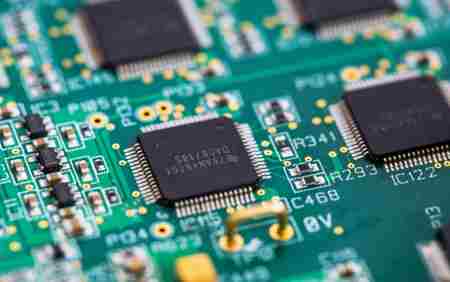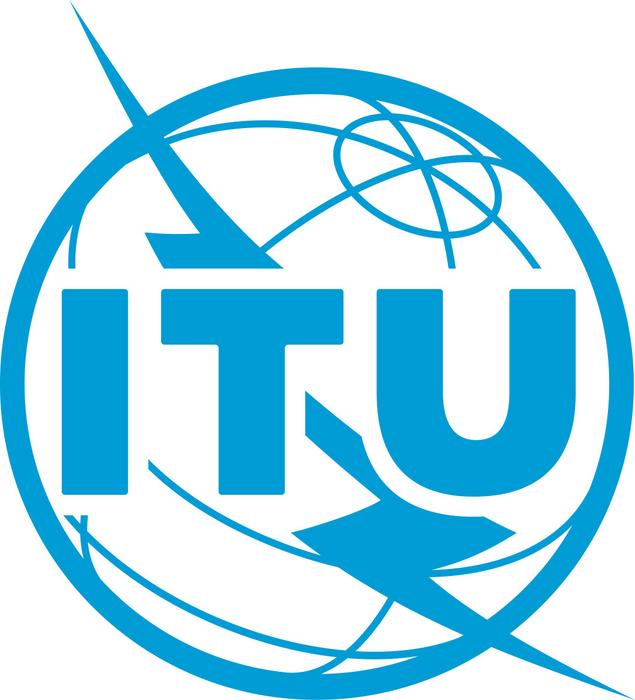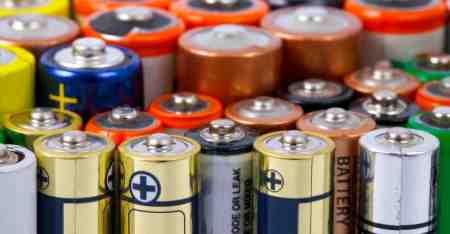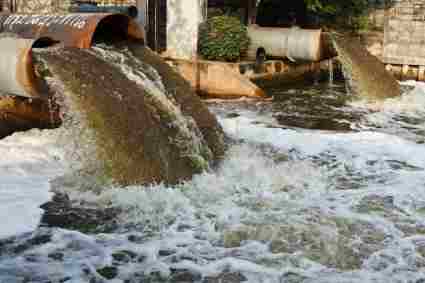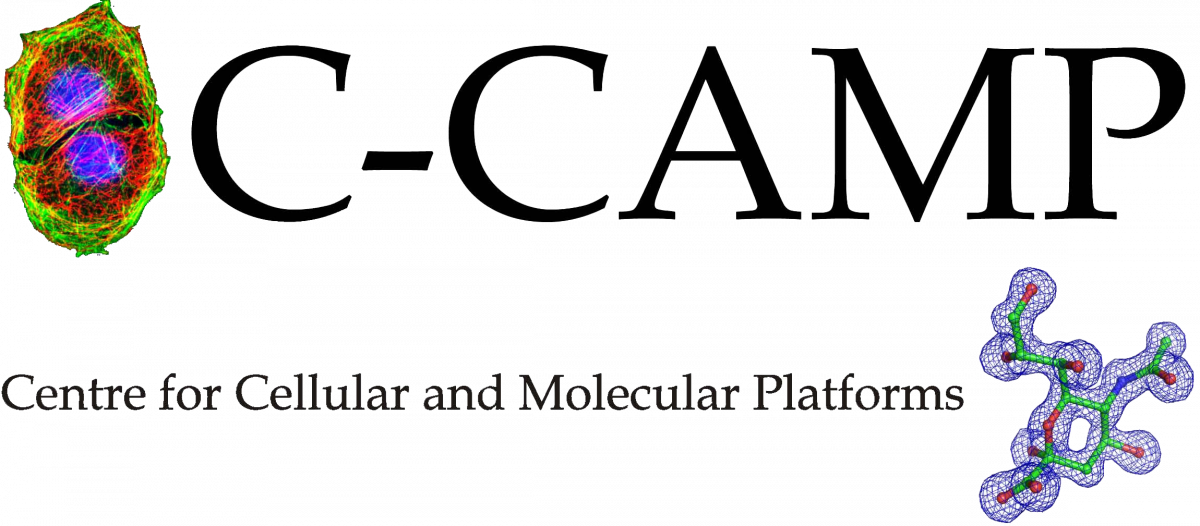The Government of India is harnessing advanced technology to ensure efficient, transparent, and fraud-free LPG distribution and subsidy transfers for domestic consumers, as outlined by Shri Hardeep Singh Puri, Minister of Petroleum and Natural Gas, in a written reply to a Starred Question in the Rajya Sabha.
Cutting-edge digital tools, including Aadhaar-based verification, biometric authentication, and data-driven de-duplication, have revolutionized the subsidy transfer system, minimizing fraud and boosting operational efficiency.
To enhance transparency and consumer control, Oil Marketing Companies (OMCs) have implemented a nationwide IVRS/SMS refill booking system across all LPG distributorships. This technology sends SMS notifications at key stages—refill booking, cash memo generation, and delivery—enabling consumers to track transactions in real-time and report discrepancies such as non-delivery. Additionally, the Delivery Authentication Code (DAC) system, integrated via SMS, requires consumers to share a unique code with delivery personnel, ensuring secure and verified deliveries through digital authentication.
To combat malpractices, OMCs employ technology to monitor and regulate LPG distribution. Regular and surprise inspections are conducted by field officers, supported by digital reporting systems. Teams from Regional, Zonal, Divisional, and Territory Offices, along with the Anti-Adulteration Cell, Quality Reassurance Cells, and Vigilance Department, use data analytics and real-time monitoring to perform random checks at distributors’ godowns, showrooms, delivery points, and en-route, effectively preventing LPG misuse.
PAHAL (DBTL) Scheme: Digital Subsidy Transfers
Launched in January 2015, the PAHAL scheme leverages Direct Benefit Transfer (DBT) technology to deliver subsidies directly to consumers’ bank accounts. LPG cylinders are sold at non-subsidized prices, with subsidies transferred seamlessly via digital banking systems. Consumers receive SMS confirmations upon subsidy credit, and failed transactions trigger automated alerts with corrective steps. This system has eliminated 4.08 crore duplicate, fake, or inactive LPG connections as of 01.07.2025, curbing fraudulent diversion of subsidized LPG for commercial use.
Common LPG Database Platform (CLDP): Data-Driven De-Duplication
The CLDP employs advanced data analytics to identify and remove duplicate connections. By cross-referencing Aadhaar numbers, bank account details, AHL TIN numbers, ration card details, names, and addresses, this platform ensures a clean, fraud-free LPG database, enhancing subsidy targeting.
Biometric Aadhaar Authentication: Secure Beneficiary Verification
Aadhaar-based biometric authentication ensures precise, real-time identification of beneficiaries. As of 01.07.2025, 67% of PMUY beneficiaries have completed biometric verification, with all new PMUY consumers undergoing this process before connection release, reducing fraudulent claims through secure digital authentication.
Eliminating Ineligible Consumers
The PAHAL scheme uses data analytics to target subsidies to eligible PMUY consumers. Comprehensive de-duplication exercises have led to the termination of 8.49 lakh fraudulent or ineligible PMUY connections. In January 2025, a Standard Operating Procedure (SOP) utilizing data tracking identified and terminated approximately 12,000 inactive PMUY connections, further streamlining the system.
Reducing Transaction Failures with Aadhaar Compliance
Digital systems ensure most subsidy transactions are completed within two days of delivery. However, issues like Aadhaar deseeding, bank mergers, or account closures can cause failures. Advanced data integration has achieved Aadhaar seeding for 92.44% of 33.05 crore active LPG consumers and Aadhaar Transfer Compliance for 86.78% of 30.63 crore DBTL consumers as of 01.07.2025, minimizing transaction errors through robust digital infrastructure.
Regulatory Framework Supported by Technology
The “Liquefied Petroleum Gas (Regulation of Supply and Distribution) Order, 2000” is enforced through digital monitoring systems. OMCs’ “Marketing Discipline Guidelines” leverage technology to track compliance and impose penalties for malpractices, with actions recorded and managed digitally per the Distributorship Agreement.
Impact and Continuous Improvement
A third-party evaluation by the Research and Development Initiative (RDI) found over 90% consumer satisfaction with the tech-driven PAHAL subsidy mechanism. The report recommends further investment in digital subsidy infrastructure, enhanced grievance redressal systems, and targeted subsidies for economically weaker sections. It also highlights the need for digital campaigns in local languages to promote safe LPG usage. Based on these insights, the government is enhancing the PAHAL scheme’s technological framework to improve efficiency and outreach.
In 2024-25, approximately 194 crore LPG refills were delivered, with complaints for only 0.08% of cases, primarily related to subsidy transfers or delivery delays, demonstrating the effectiveness of technology in streamlining operations. The grievance redressal system has been fortified with digital tools to enhance consumer experience and service quality.
- Based on PIB report


